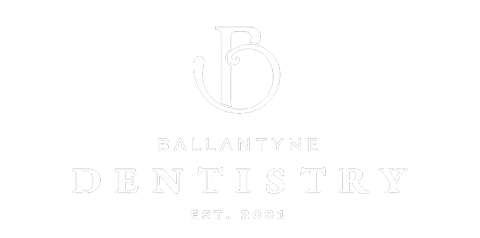

Receding gums may be caused by the following factors or a combination of these factors:
Ballantyne Dentistry offers three different types of gum tissue grafts.
Gum grafting is a common periodontal procedure, and can generally improve function as well as the aesthetics of your smile.
The major benefits associated with gum grafting are as follows:
Gum Graft Surgery is necessary if you have advanced stages of gum recession and it’s been recommended to protect your teeth from further damage or bone loss. You may also choose to have the surgery for cosmetic reasons, i.e., to improve the appearance of your smile.
If you have any questions about Gum Graft Surgery or if you’d like to schedule a time to review your options, contact Ballantyne Dentistry today to schedule an appointment.
